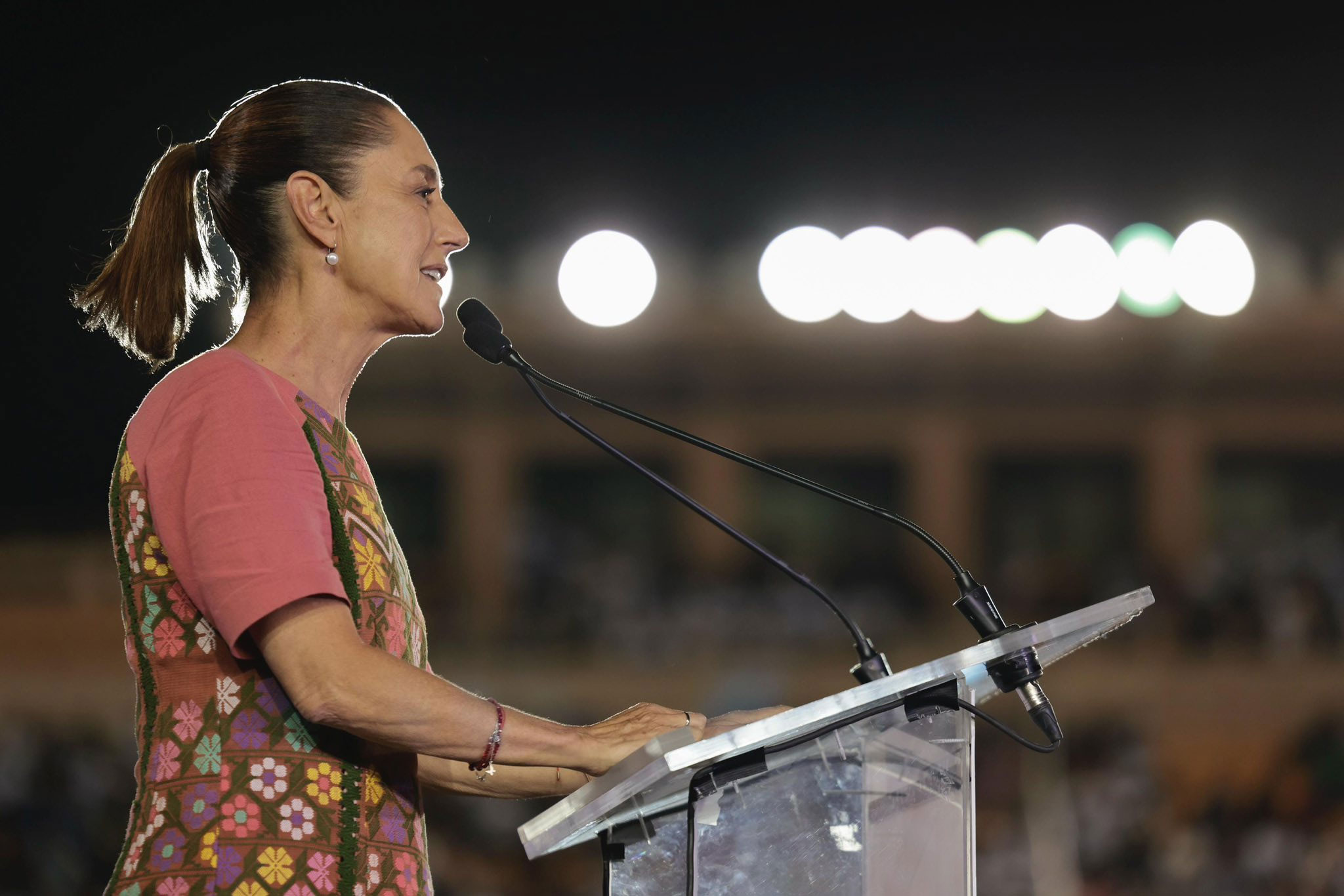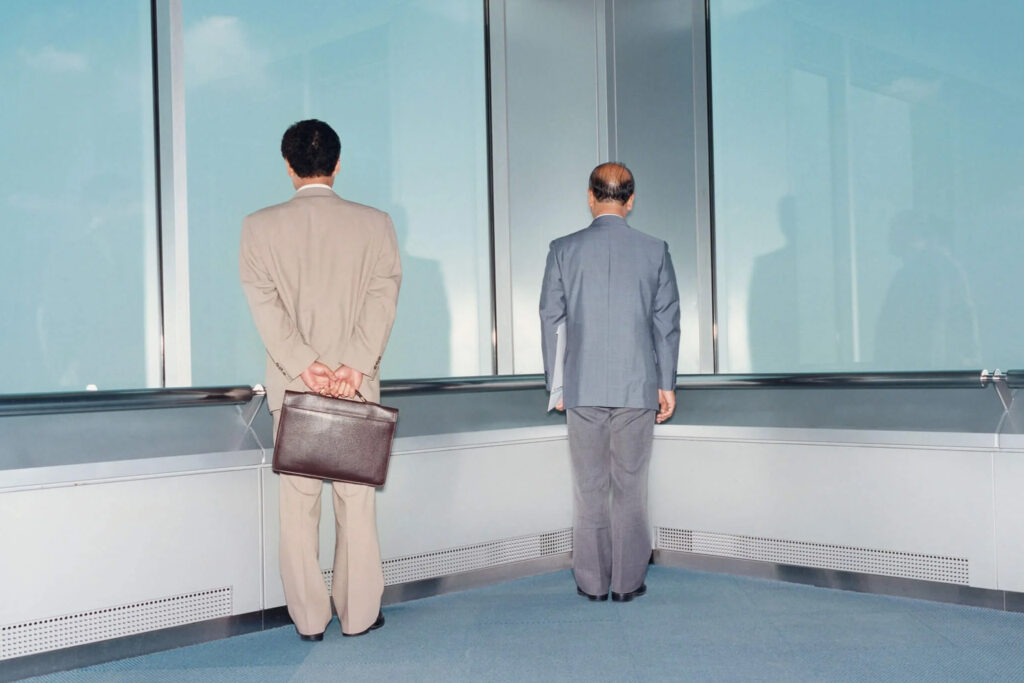The Second Floor, Taxed
This editorial by Mario Campa originally appeared in the September 17, 2025 edition of Sin Embargo. Our editorial policy is here. The views expressed in this article are the author’s own and do not necessarily reflect those of the Mexico Solidarity Project.
The 2026 Revenue Bill took by surprise those who believed Claudia Sheinbaum would keep taxes intact. Indeed, the President is proposing a tax reset, not a fiscal reform. However, within the framework of “continuity with change” promised during the campaign, the new fiscal package updates public spending priorities and strengthens the route for incoming funds. For the first time since the emergence of Morena, the tax pact is being revised beyond the considerable oversight actions against large taxpayers that raised tax collection from 12.7 points of GDP in 2018 to 14.5 points in 2024. For the “Second Floor of the Fourth Transformation,” the new proposal erects steel beams that provide structural solidity to a work under construction.
The 2026 Economic Package proposes a 6.5 percent real increase in tax revenue compared to the 2025 Federal Revenue Law (LIF). To measure the impact, the two previous years’ proposals of 2.8 percent in 2025 and 2.1 percent in 2024 are dwarfed by their modest collection efforts. For reference, tax gains from previous years stemmed from increased customs inspections, combating VAT (VAT), increased IEPS (Excise Tax) revenue collection on gasoline due to lower oil prices, and litigation against corporations like Grupo Salinas. In particular, Large Taxpayers, who contribute 52 percent of taxes, paid 285 percent more in real terms in 2024 compared to 2018, in the interest of tax justice.
The proposed increase would be largely explained by changes to excise taxes. In this category, sugary drinks would contribute 87 percent more than last year, manufactured cigarettes would increase by approximately 40 percentage points (from 160 percent to 200 percent), gambling and lottery games would increase by another 20 percentage points (from 30 percent to 50 percent), and violent video games would increase by eight percent. Furthermore, the deductibility of contributions to IPAB-FOBAPROA would be eliminated (+10 billion pesos). Notably, some 1,400 tariff chapters would be revised upwards, raising a combined total of almost 74 billion pesos more (+40.7 percent) compared to the previous year’s closing price. In short, no new taxes would be created, but rates would be revised to discourage consumption, which causes unwanted effects, also called “externalities” in economics jargon.
Although the wealthy would remain relatively unaffected, the government would be dealing a blow to the Washington Consensus, the set of neoliberal economic formulas promoted by various international financial organizations in the 1980s and 1990s. Specifically regarding trade policy, the prescription stipulated that import liberalization was an essential element of an outward-oriented economic policy. However, with the new import tariffs proposed for countries without a trade agreement with Mexico, the President is pushing a bold button not without geopolitical risks.
Transformation also involves navigating tensions and contradictions. Imposing tariffs on economies like China, Korea, Indonesia, and India has drawbacks and potential benefits. Among the former, temporary inflation—offset by expected lower private consumption—and distancing itself from emerging powers are identified as major risks. On the other hand, the downside is that Mexico would gain negotiating room in the face of the USMCA review, strengthen the appeal of Plan Mexico as a driving force for the domestic market, and provide a lifeline to Pemex, which has suffered fragile finances from the PRI and PAN. In the preliminary assessment, the benefits appear to outweigh the costs—at least in the short term.
However, while the reset would ignore the demand for more taxation of the wealth and income of the wealthy, it would respect the principle of sound public finances with social justice. Unlike Fox, she would not squander oil revenues. Unlike Calderón, she would not increase an indirect tax as regressive and high as the VAT. In contrast to Peña Nieto, she would raise the IEPS tax without touching gasoline and return the proceeds to public health. Like López Obrador, she would audit foreign trade and large taxpayers, but would also add disincentives to Asian imports and the consumption of goods and services that affect health or generate extraordinary profits for sectors such as banking and casinos.
In short, the President would use customs and taxes against vices to reduce Pemex’s liabilities and scale up Plan Mexico, an industrial policy without recent parallel that avoids reproducing the fiscal irresponsibility of the developmentalist PRI. The proposed tax reset is not a fiscal reform that improves the progressivity of the tax system, but it represents a port of departure for the spending vessel that will sail the seas of present and future social demands. Without taxes, there are no budgets, and the 2026 Economic Package is responsible and bold within the framework of the current tax pact, which still requires a thorough revision.
Mario A. Campa Molina is a political and industrial economist and a graduate of Columbia University’s MPA (2013-2015). He contributes as a columnist and panelist to various media outlets and is a contributing editor in Spanish for the Jain Family Institute’s (NY) think tank Phenomenal World. He has work experience in the financial, energy, public, and academic sectors
-
Mexican Unions Formerly Affiliated with PRI are now with MORENA
President Sheinbaum has rejected corporatism and the bussing in of supporters, yet charro unions maintain a massive presence at government events in the Mexico City’s Zócalo.
-
Culture | Labor | News Briefs
Land of the Godínez: Work, Obedience & Dispossession in Contemporary Mexico
José Baroja’s satire is, in reality, pure sociology: the expression of an economic order & labour regime in Mexico that normalizes long hours, insufficient wages, constant evaluations, identity loss and the sacrifice of a personal life.
-
Milpa Alta: Hands Over the City
Behind an illegal, shady meeting to hastily approve a Cablebus line, lay real estate interests and a plan to force urban sprawl into the self-governing agrarian, Indigenous communities of Milpa Alta.




